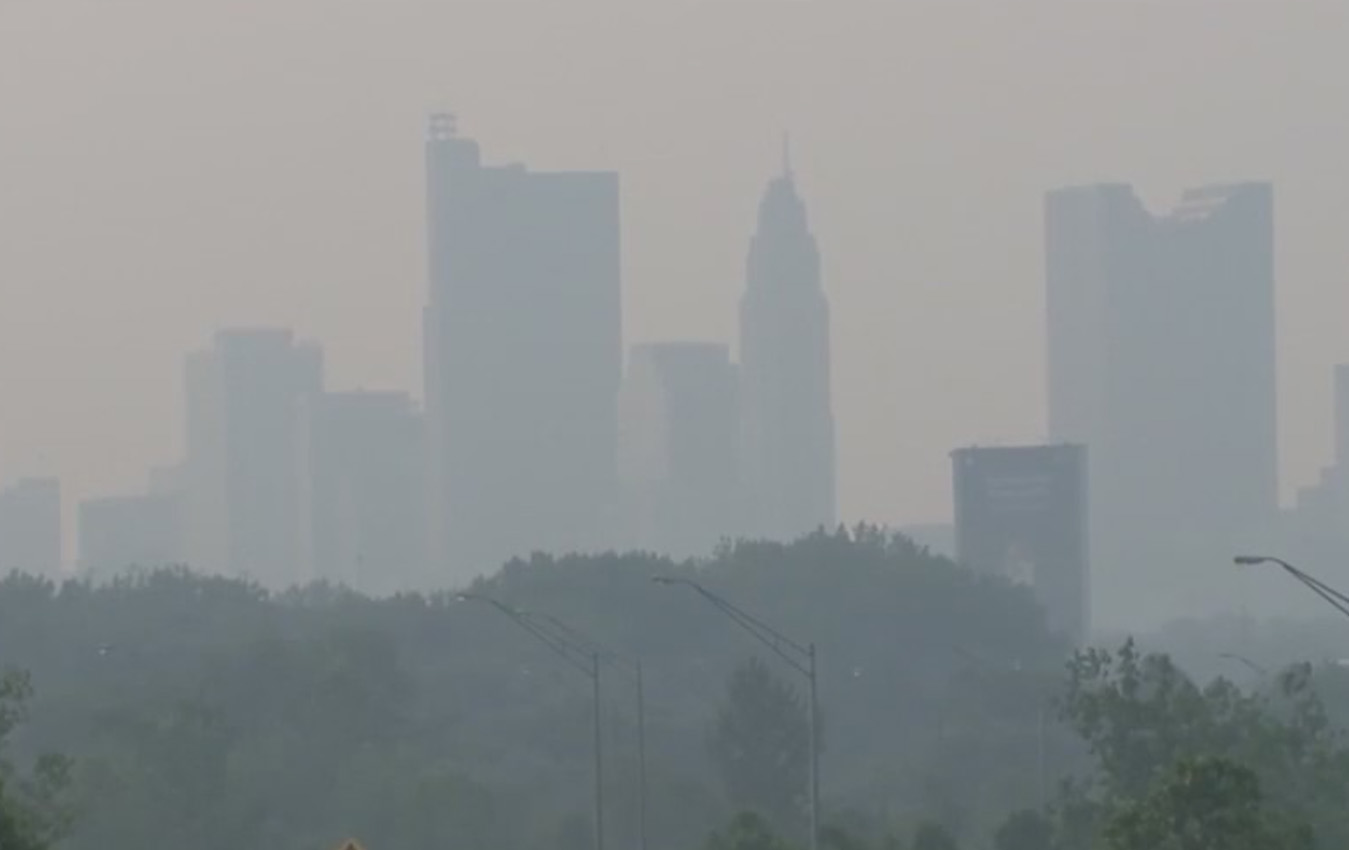Smoke from Canadian Wildfires Clouds Columbus Skies as Air Quality Worsens
Rising Pollution Triggers Health Warning Across Central Ohio
Residents of Columbus and surrounding areas are being urged to limit outdoor activities as smoke from Canadian wildfires has drifted into the region, causing a noticeable decline in air quality. The Mid-Ohio Regional Planning Commission (MORPC) has issued an Air Quality Alert for Saturday, warning that pollutant levels have climbed high enough to pose health risks—especially for sensitive groups.
As light northeasterly winds push wildfire smoke into Central Ohio, air quality experts are seeing elevated levels of particulate matter. With increased atmospheric mixing expected through the afternoon, these pollutants are settling closer to the ground, affecting the air millions of Ohioans breathe.
Understanding the Air Quality Index and Its Implications
The Air Quality Index (AQI), which ranges from 0 to 500, is a measure of how clean or polluted the air is. On June 7, the AQI reached 123, a level categorized as “Unhealthy for Sensitive Groups.” According to experts, this means that while the general public may not be affected immediately, vulnerable populations—such as older adults, children, and those with asthma or respiratory issues like COPD—could experience adverse effects from extended exposure.
Those in high-risk categories are advised to:
Avoid outdoor exercise or strenuous activity
Schedule essential outdoor tasks during early morning hours
Stay indoors with windows and doors closed when possible
Use air purifiers if available
Individuals experiencing shortness of breath, wheezing, or other breathing difficulties should contact a healthcare provider.
Why This Alert Matters and How You Can Help
While this specific air quality alert is largely tied to external factors—namely the drifting smoke from wildfires in Canada—Central Ohio residents can still take small, meaningful steps to reduce local air pollution.
MORPC recommends the following actions:
Turn off engines when idling, especially at schools and drive-thrus
Refuel vehicles after sunset to reduce evaporative emissions
Avoid topping off gas tanks to prevent additional fume release
Limit use of gas-powered lawn tools that emit harmful pollutants
These seemingly minor changes in daily behavior can collectively help lower ozone and particulate pollution, creating a healthier environment for all.
A Gray Sky with a Silver Lining
Although the air may appear hazy and thick—offering a visible reminder of the pollution hanging overhead—relief could soon be on the horizon. According to forecasts from the National Weather Service, rain and potential thunderstorms are expected by late Saturday, continuing through the night. This precipitation is anticipated to wash out a portion of the particulate matter, offering some short-term improvement in air quality.
Rainfall is predicted to taper off by June 8, potentially clearing the skies and making outdoor conditions safer once again.
Stay Informed and Stay Safe
As weather patterns continue to change and wildfires persist in various parts of North America, residents are encouraged to stay updated through trusted local environmental agencies. Pay close attention to daily AQI updates, and adjust your outdoor plans accordingly.
This alert serves as a timely reminder of how interconnected our environments are—and how pollution, no matter its origin, can quickly become a local concern. With a little caution and a bit of cooperation, Central Ohioans can weather this smoky spell and look forward to clearer skies ahead.
